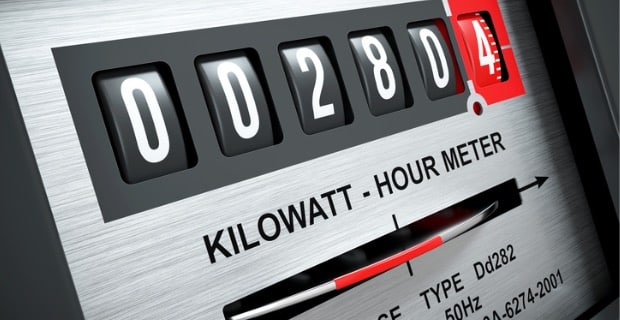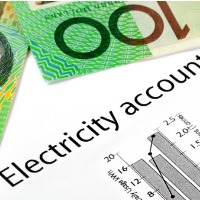Right, so you’ve got a solar power system on your roof – or you’re thinking of buying one – and you want to get a fair deal for the solar you don’t use and send to the grid. That’s only reasonable, isn’t it? After all, the solar power you export goes to your neighbours who buy it from their electricity retailer for around 25-35 cents per kilowatt hour. What is the best solar feed-in-tariff on offer?
Bluntly, so why settle for a crummy rate if you can do better?
But here’s the thing. Those canny electricity retailers know just how strongly many solar households feel about getting a fair go on their solar exports. And many of them play on this by offering a juicy feed-in-tariff. Sometimes as high as 25c per kWh! But then they ‘get you’ in other ways like whacking up the daily supply charge. Or increasing their rate for the electricity you draw from the grid. Some even stipulate that you buy a solar power system from them!
So it’s buyer beware…(we should probably write that in capital letters!)

Feed-in-tariffs differ from State to State
Another other tricky thing is that the feed-in-tariffs are different from State to State – so a great deal that’s available in Victoria might not necessarily be available in South Australia, for example.
The Victorian Solar Feed-in-Tariff
In Victoria, there’s a legislated minimum amount that electricity retailers have to pay you for your solar exports – and that’s 9.9 cents per kilowatt hour. In contrast, in NSW it’s up to the electricity retailers to decide whether or not they’ll follow the benchmark guidelines set under the Voluntary Retailer Contribution. These are a measly 6.9 to 8.4 cents per kWh.
So what’s the highest and best feed-in-tariff in Victoria?
Zooming in on the situation in Victoria, it’s probably fair to say that 9.9 cents per kWh isn’t going to excite many people. However, if there’s a deal like 29 cents per kWh for your solar exports, well that’s a different matter!
Yep, 29 cents per kilowatt hour!
So who’s offering that best solar feed-in-tariff? And is there a catch?
Energy Australia is – but only to households in Victoria. (Sorry everyone else). And the catch? Well, it’s a ‘sort of catch’. The juicy 29 cents rate is only being paid out for the solar you export between 3pm and 9pm weekdays on the relatively new time-of-use solar feed-in tariff. The rest of the time, you get a lower rate of either 7.1 cents or 10.3 cents per kilowatt hour.
Is it worth it?
Is it worth switching to Energy Australia to get their top tariff? Well, it all depends. If, for example, you have a solar power system that’s got some west facing panels (e.g. on a split array) and is sending a good proportion of what’s being generated to the grid on weekday afternoons and into the early evening, then it could stack up well for you financially.
Of course during the winter months, that west facing array won’t be generating as much power as it would in summer and, as a result, won’t be earning as much for your solar exports.
Get the best solar FiT advice
That’s where getting advice from a reputable, highly experienced solar supplier is so important. You need a solar power system that’s designed to take into account your lifestyle and electricity consumption patterns. As well, one which helps you take advantage of the best available deals for the solar feed-in-tariff. And if that means designing a solar power system that’s got most of the panels facing west, well…why not?
A tip for people in Victoria
There is one great place to shop around for the best electricity deals in Victoria. It is a Government website called Victorian Energy Compare. It’s user-friendly and shows you straight up what the best overall deal is. As well it shows how much you’ll receive in payments for your solar exports.
Plus, they are offering a $50 Power Saving Bonus which is available from 1 July 2018 to 30 June 2019. You don’t even need to switch retailer to claim this bonus. Check out all the details here.












































